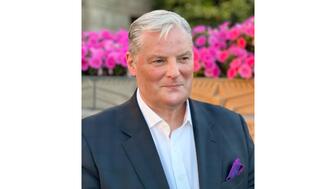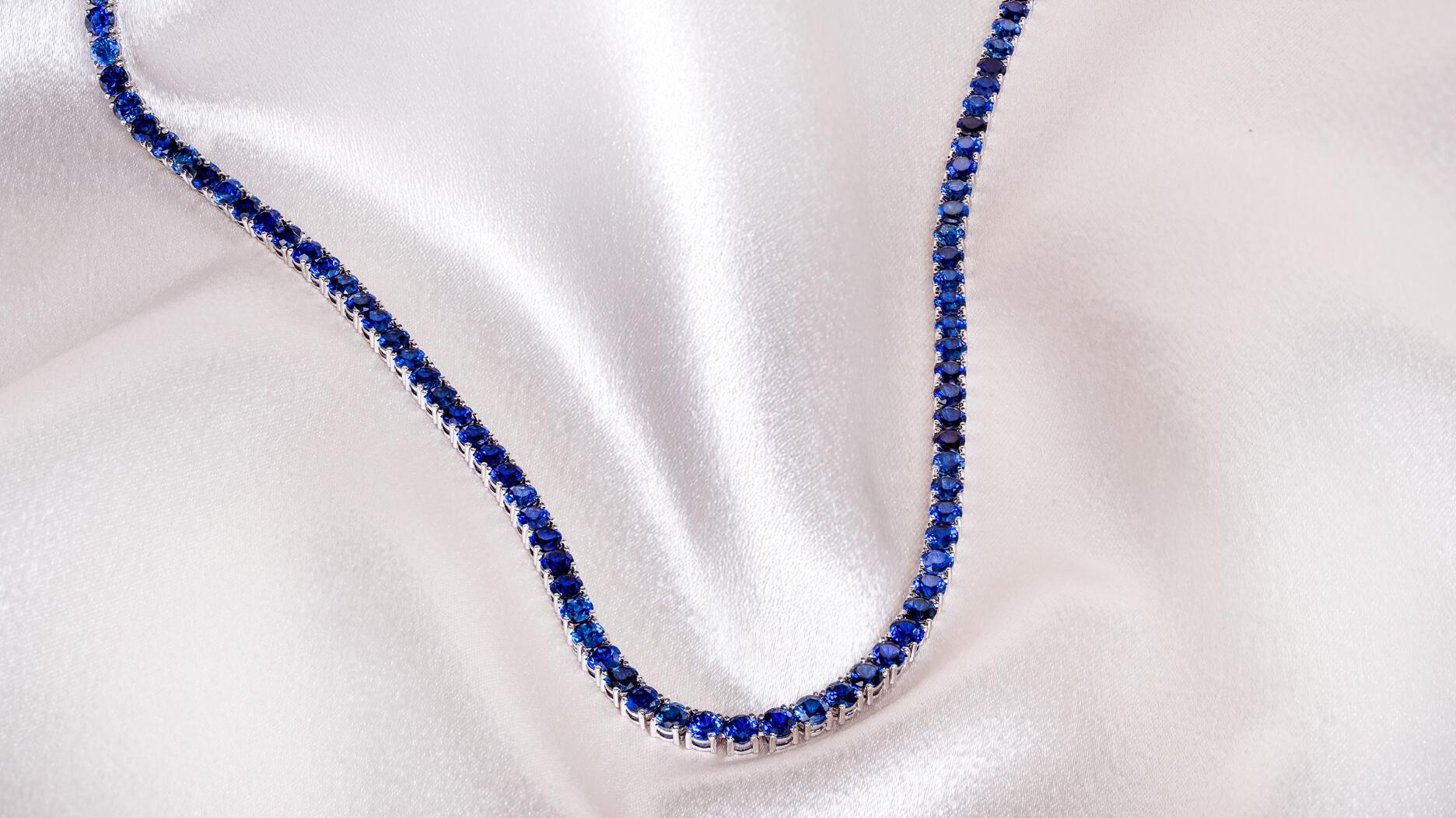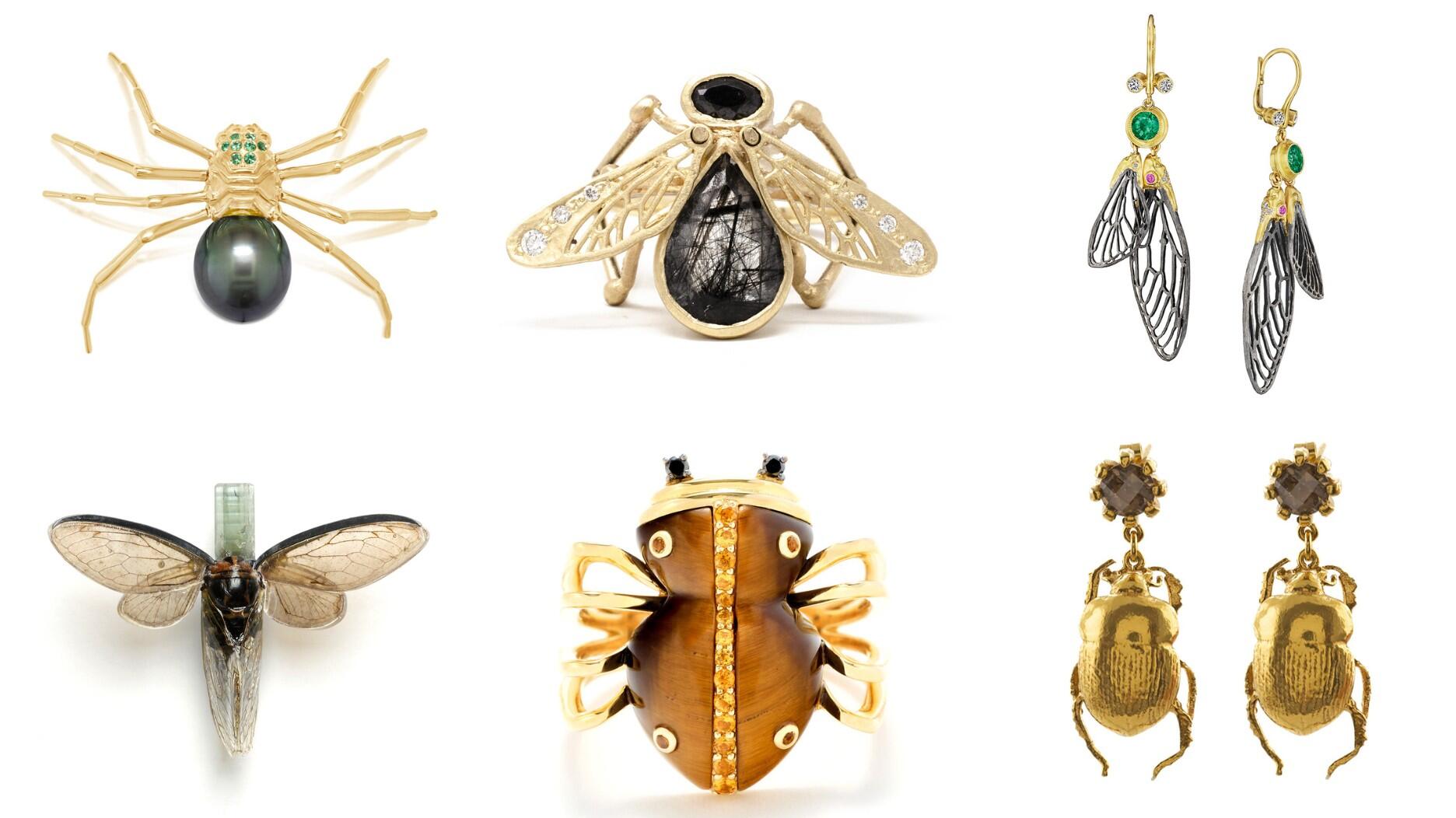The sale of the 31.68-carat, sunset-hued stone was part of Sotheby’s first series of events and auctions in Abu Dhabi.
3 Pieces with Judy Geib
Associate Editor Ashley Davis takes us into the studio of one of jewelry design’s most creative talents.

During a chat with Paul Schneider, owner of leading fine jewelry boutique Twist in Portland, Oregon, we chanced upon the subject of designer Judy Geib.
In detailing his love for Geib’s work, Paul explained to me that her oeuvre couldn’t be summed up with her imaginative, handmade jewelry; her art was also her joy for her craft, the way she lived, even the way she rode her bike to work.
When I visited Geib’s Brooklyn studio late last year, I understood exactly what Paul meant.
Geib’s workspace is in a magnificent converted factory along the border of Williamsburg and Bushwick; the kind of space that is becoming harder to find as the surrounding area is annihilated piece-by-piece to make way for pricey condos.
Every surface of Geib’s studio is covered in a medley of metals and gemstones. Sheets of gold are strewn haphazardly over bags of loose stones that monopolize the work tables. Tools of the trade mingle with emeralds, aquamarines, sapphires and random mementos like a broken kaleidoscope (more on that later).
A massive amethyst necklace begins to take shape atop slabs of marble next to a jotted-down recipe for Geib’s mother’s apple crisp. A fine gold dust seems to coat even the floor.
The studio is the ultimate work in progress, a perfect physical distillation of something rarely, if ever, captured--a designer’s mental processes and constructions.
The more I spoke with Geib about her work, the more I developed a sense that when she needed something specific cloaked in the apparent chaos of her studio, she knew exactly where to find it.
As I ask all subjects for this column to do, Geib chose three defining pieces of work that she has created since her start as a designer in 1996.
Below are her thoughts on what makes each one significant.
Judy Geib: In 2002 I made a filigree bracelet for a client and she said, “Will you make a pair of earrings that go with my bracelet the way you and your husband go together?”
When you melt gold it goes into a ball and I hammer it flat. It takes a lot of hammering.
I melted all the scraps from that filigree bracelet and pounded them into “squashes” to make those earrings for my client. I recycle all my gold
This bracelet is 18-karat gold but I also work with 22- or 24-karat; it depends.
My husband is a crazy guy. We’re opposites in a lot of ways, opposites who go together very well. He’s a writer, an activist, a philosopher, a reader. I’m a maker. But he’s playful, silly and serious. He’s also a great critic; he’s an honest critic of my work.
I think this piece is a touchstone for my method of working. I’m an improviser, and I try and explore things and figure out new ways to use things for myself in a way that excites me. I’m not saying I’m the first person who ever made a squash, but it works for me.
“Whenever I don’t know what to do, I make flowers.”It’s part of, I don’t know if I can say “philosophy of working,” but I try to use things for their own integrity and this is using the quality of the metal in a way that makes sense.
I remember there’s an artist named James Welling--he’s a photographer--and around 1980 I saw very graphic black-and-white images he made that were all big circles. It just made sense to me to put my squashes together that way.
I like different sizes of things; I like things to be random.
Mostly I liked that it was part of the process of using gold. It’s a comfort to know I can turn the scraps into something else.

Photo courtesy of ©Dirk Vandenberk
JG: The Kaleidoscope series came about because I happened to have a broken kaleidoscope sitting around in the studio, and I just happened to look at a desk filled with stones and then had the idea that I could make it.
Lots of my pieces are sort of medallions but to me the unfolding aspect, the way the kaleidoscope divides things up into pieces that run into each other, there’s something exciting about that. It implies movement.
I’d love to have 100 of these, all different. I love doing them but it takes a long time to fix on the combination of colors. You want to make something you’re going to love, and I’ve loved what I’ve made. There are false starts but at certain points it feels right and then you go ahead.
I go from idea to idea in my work. It doesn’t mean I abandon an idea when I go to something else, but I like it to have an idea behind it.
“It’s a comfort to know I can turn the scraps into something else.”
JG: I chose this necklace because the flowers and the filigree have been a thread that’s gone through my work the whole time.
I like to try new things but new things take a lot of thought to make them work. Whenever I don’t know what to do, I make flowers.
I just love making these. They’re flattened wire and putting them together is almost, I don’t want to say, meditative. They’re strong, playful and I can make a million different variations. They’re always evolving.
This necklace is from 2014 but I think the first ring I ever made when I was 5 was a flower.
I like the endless possibility.
The Latest

Most customers who walk into your store this month have made up their minds. Your job is to validate their choice, Emmanuel Raheb writes.

The collection features characters and motifs from Ukrainian folklore, including an enchanted mirror and a magic egg.

How Jewelers of America’s 20 Under 40 are leading to ensure a brighter future for the jewelry industry.

MatrixGold 3.11, the newest version of the jewelry design program, offers more flexibility, precision, and creative control.


The pavilion will be part of the 2026 JA New York Spring show, scheduled for March 15 to 17.

Kadet, a 1994 National Jeweler Retailer Hall of Fame inductee, helped grow the family-owned retailer in the Chicago area and beyond.

Roseco’s 704-page catalog showcases new lab-grown diamonds, findings, tools & more—available in print or interactive digital editions.

Billed as the world’s smallest wearable, Lumia Health’s new smart earrings have a health tracker subtly embedded in the back.

Don’t let those with December birthdays feel blue. Help them celebrate their month with blue zircon, turquoise, and tanzanite.

The new pink sapphire version of the piece dances with its wearer in the brand’s “Icons After Dark” holiday campaign.

A choice that’s generated a lot of commentary, Pantone says “Cloud Dancer” marks a fresh start and encourages relaxation and creativity.

The manufacturer’s holiday campaign features a gift guide filled with trending designs and jewelry that can be personalized.

The man was charged with theft, accused of ingesting the necklace while in a jewelry store in Auckland, New Zealand.

The Florida independent expanded its store from 8,000 to 14,000 square feet, fulfilling the vision of its late co-founder, Jim Dunn.
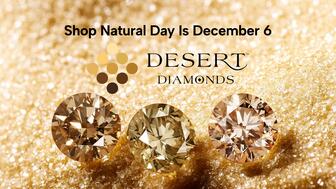
Sponsored by De Beers Group
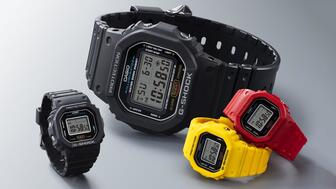
The classic 5600 series G-Shock has been scaled down to about a tenth of its size, becoming a fully functioning watch ring.

The association’s annual conference and gala will take place Feb. 4, 2026, during the Tucson gem shows.

The January show will include a workshop for jewelry retailers on implementing AI to strengthen their businesses.
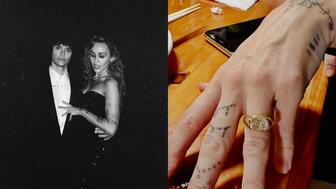
Fellow musician Maxx Morando proposed to the star with a chunky, cushion-cut diamond ring designed by Jacquie Aiche.

The retailer, which sells billions in fine jewelry and watches, is suing the Trump administration and U.S. Customs and Border Patrol.

Black Friday is still the most popular shopping day over the five-day holiday weekend, as per the National Retail Federation’s survey.

The historic egg, crafted for Russia's ruling family prior to the revolution, was the star of Christie’s recent auction of works by Fabergé.
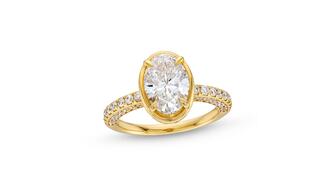
The retailer offered more fashion jewelry priced under $1,000, including lab-grown diamond and men’s jewelry.
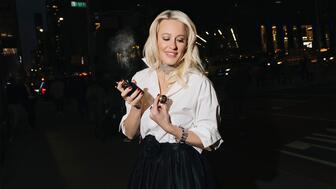
The eau de parfum is held in a fluted glass bottle that mirrors the decor of the brand’s atelier, and its cap is a nod to its “Sloan” ring.

Vivek Gadodia and Juan Kemp, who’ve been serving as interim co-CEOs since February, will continue to lead the diamond mining company.

In addition, a slate of new officers and trustees were appointed to the board.




